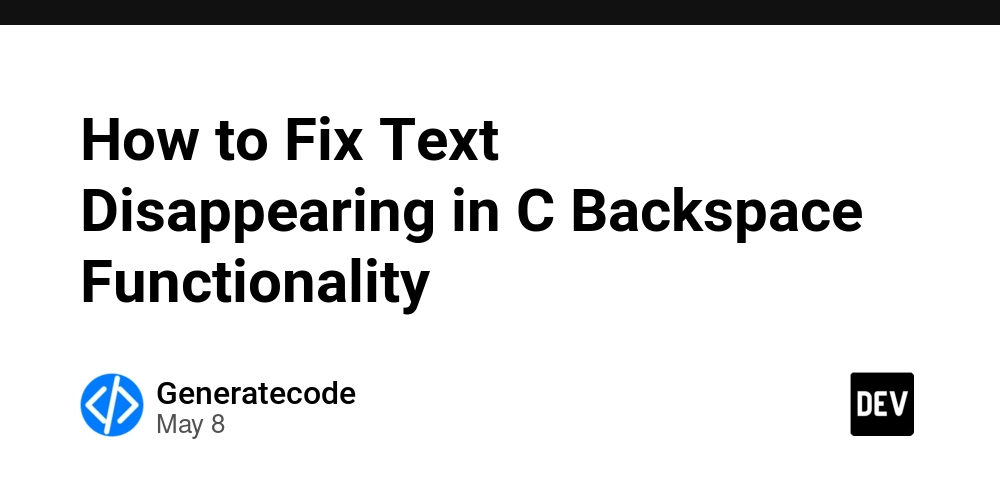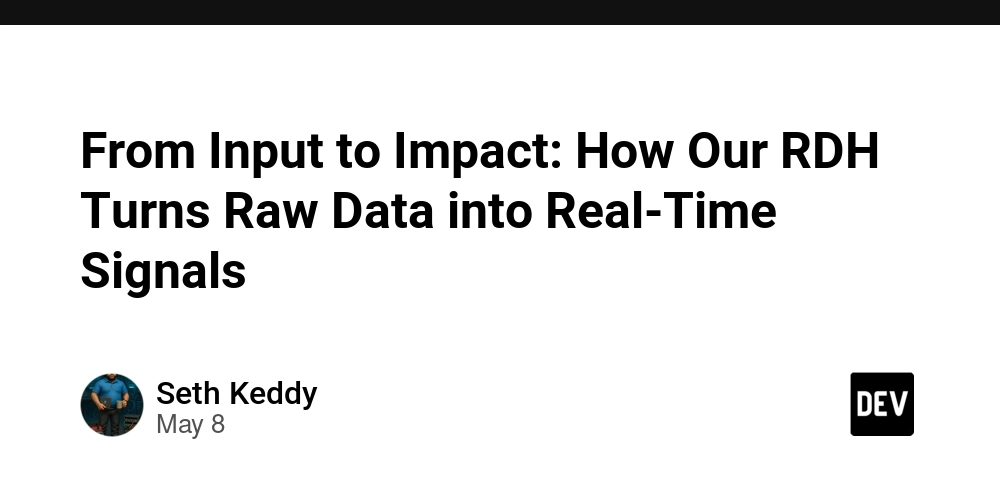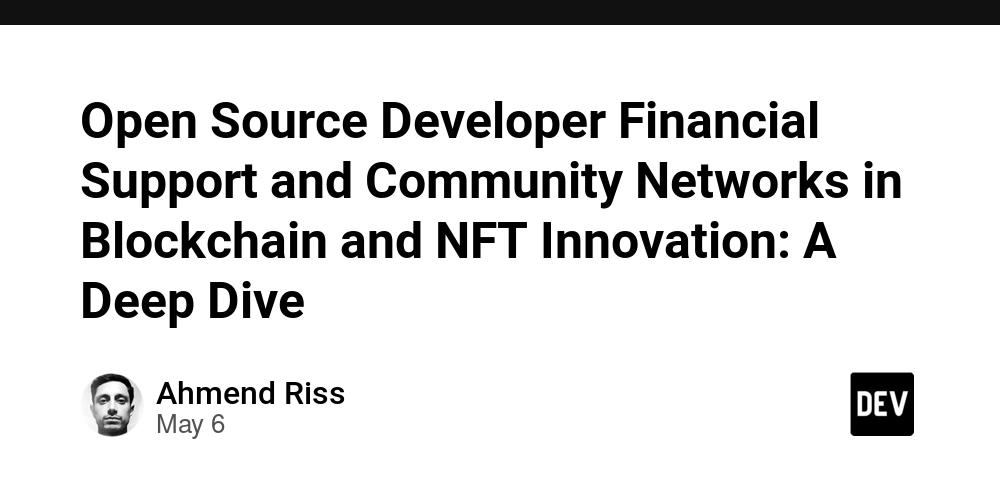The Blind Spot Blocking Enterprise AI Success
Large enterprises face persistent challenges that affect AI implementations, including a lack of a clear strategy, insufficient internal expertise, and poor data quality. I’ve guided companies through these issues for decades on big data projects, first at Microsoft and now as a fractional CTO advising executives and hands-on engineering AI products. Generative AI and LLMs enter the picture with bold potential. They can produce creative outputs that mimic human work, yet they often deepen existing problems while introducing new ones. From our client and project intake experience, the gap between promise and results stems from weak foundations and misalignments around AI foundations. I’ve seen companies stumble when they overlook the basics of what AI can actually meaningfully do today for their customer and internal teams. For AI leaders, this is the moment to rethink how you operate and address these obstacles, both old and new, to drive measurable outcomes. The Technology Trap and Its Pitfalls Executives often pin their hopes on technology alone, a mistake I’ve seen play out time and time again. One common snag is leaning on tools without fixing workflows. LLMs can churn out content quickly, and if your systems can’t keep up, you’re spinning your wheels. For example, a company deployed AI to draft replies, but a three-step manual review that was understaffed erased the operational efficiency gains. When companies layer LLMs onto outdated setups, they hit walls. Organizational reality trumps technical promise every time. Streamline your processes first and anticipate human-in-the-loop resourcing. Strategy and Data Define the Outcome Data disarray is another killer, and that’s why AI needs clean, connected data to shine. Siloed systems, a plague in most enterprises, strangle it. I’ve worked with marketing teams whose AI campaigns flopped because customer info sat in unlinked silos and they didn’t have the data engineering resources to link them for their AI integration. A great North Star example from the past is Dell’s shift to the Direct Model. Michael Dell revolutionized PC sales by aligning processes around a scalable data backbone, then slashing inventory costs and boosting margins. AI requires a similar rethink. Without a robust data architecture, your initiatives won’t scale. Leaders must grasp the implications of their data infrastructure, as Statista’s 2023-2027 skills survey suggests with its 68% nod to tech literacy. You must fix your data foundation and create learning plans for your team, or you’re building on sand. Alignment Turns Vision into Results Strategic alignment determines whether Gen AI delivers. The Journal of Business and Artificial Intelligence highlights this in a study of enterprise implementations. They identify seven pitfalls, including unrealistic timelines and weak executive buy-in. Two especially stand out: poor end-to-end process design and shaky data foundations consistently derail progress. A high-tech support company I partnered with got it right. They deployed LLM bots to boost first-time resolution rates and Net Promoter Scores (NPS). By aligning marketing, operations, and IT around a shared metric, they unlocked a potential 4-point NPS gain. Their data system blended internal and external knowledge bases to make it happen. Executives must forge a unified vision that addresses data first with an AI POC process that iterates towards production. A cross-functional team, backed by leadership, ensures everyone pulls in the same direction on that POC and is not surprised when it lands. My Advice for AI Executives This is your moment to lead. Stop fixating on the next AI breakthrough or implementing technology for technology's sake. Build the groundwork for lasting impact. Start by auditing your data. Map your architecture and identify gaps. Can it scale with your ambitions? Next, rethink your business model. Reinvent value creation and take inspiration from companies that have done AI right. Finally, align your team. Assemble a transformation squad with executive support and a clear mandate. The rewards are tangible. I’ve seen companies achieve 3-5x ROIs by mastering this, from slashing support costs to streamlining supply chains. It’s not glamorous work, but it’s the difference between noise and real results. ... Nick Talwar is a CTO, ex-Microsoft, and fractional AI advisor who helps executives navigate AI adoption. He shares insights on AI-first strategies to drive bottom-line impact. → Follow him on LinkedIn to catch his latest thoughts. → Subscribe to his free Substack for in-depth articles delivered straight to your inbox. → Join the AI Executive Strategy Program to accelerate your organization’s AI transformation.

Large enterprises face persistent challenges that affect AI implementations, including a lack of a clear strategy, insufficient internal expertise, and poor data quality.
I’ve guided companies through these issues for decades on big data projects, first at Microsoft and now as a fractional CTO advising executives and hands-on engineering AI products.
Generative AI and LLMs enter the picture with bold potential. They can produce creative outputs that mimic human work, yet they often deepen existing problems while introducing new ones.
From our client and project intake experience, the gap between promise and results stems from weak foundations and misalignments around AI foundations.
I’ve seen companies stumble when they overlook the basics of what AI can actually meaningfully do today for their customer and internal teams.
For AI leaders, this is the moment to rethink how you operate and address these obstacles, both old and new, to drive measurable outcomes.
The Technology Trap and Its Pitfalls
Executives often pin their hopes on technology alone, a mistake I’ve seen play out time and time again.
One common snag is leaning on tools without fixing workflows. LLMs can churn out content quickly, and if your systems can’t keep up, you’re spinning your wheels.
For example, a company deployed AI to draft replies, but a three-step manual review that was understaffed erased the operational efficiency gains.
When companies layer LLMs onto outdated setups, they hit walls. Organizational reality trumps technical promise every time. Streamline your processes first and anticipate human-in-the-loop resourcing.
Strategy and Data Define the Outcome
Data disarray is another killer, and that’s why AI needs clean, connected data to shine.
Siloed systems, a plague in most enterprises, strangle it. I’ve worked with marketing teams whose AI campaigns flopped because customer info sat in unlinked silos and they didn’t have the data engineering resources to link them for their AI integration.
A great North Star example from the past is Dell’s shift to the Direct Model. Michael Dell revolutionized PC sales by aligning processes around a scalable data backbone, then slashing inventory costs and boosting margins.
AI requires a similar rethink. Without a robust data architecture, your initiatives won’t scale.
Leaders must grasp the implications of their data infrastructure, as Statista’s 2023-2027 skills survey suggests with its 68% nod to tech literacy. You must fix your data foundation and create learning plans for your team, or you’re building on sand.
Alignment Turns Vision into Results
Strategic alignment determines whether Gen AI delivers. The Journal of Business and Artificial Intelligence highlights this in a study of enterprise implementations.
They identify seven pitfalls, including unrealistic timelines and weak executive buy-in. Two especially stand out: poor end-to-end process design and shaky data foundations consistently derail progress.
A high-tech support company I partnered with got it right. They deployed LLM bots to boost first-time resolution rates and Net Promoter Scores (NPS).
By aligning marketing, operations, and IT around a shared metric, they unlocked a potential 4-point NPS gain. Their data system blended internal and external knowledge bases to make it happen.
Executives must forge a unified vision that addresses data first with an AI POC process that iterates towards production. A cross-functional team, backed by leadership, ensures everyone pulls in the same direction on that POC and is not surprised when it lands.
My Advice for AI Executives
This is your moment to lead. Stop fixating on the next AI breakthrough or implementing technology for technology's sake. Build the groundwork for lasting impact.
Start by auditing your data. Map your architecture and identify gaps. Can it scale with your ambitions?
Next, rethink your business model. Reinvent value creation and take inspiration from companies that have done AI right.
Finally, align your team. Assemble a transformation squad with executive support and a clear mandate.
The rewards are tangible. I’ve seen companies achieve 3-5x ROIs by mastering this, from slashing support costs to streamlining supply chains. It’s not glamorous work, but it’s the difference between noise and real results.
...
Nick Talwar is a CTO, ex-Microsoft, and fractional AI advisor who helps executives navigate AI adoption. He shares insights on AI-first strategies to drive bottom-line impact.
→ Follow him on LinkedIn to catch his latest thoughts.
→ Subscribe to his free Substack for in-depth articles delivered straight to your inbox.
→ Join the AI Executive Strategy Program to accelerate your organization’s AI transformation.









































































































































































![[The AI Show Episode 146]: Rise of “AI-First” Companies, AI Job Disruption, GPT-4o Update Gets Rolled Back, How Big Consulting Firms Use AI, and Meta AI App](https://www.marketingaiinstitute.com/hubfs/ep%20146%20cover.png)


























































































































![[DEALS] The Premium Python Programming PCEP Certification Prep Bundle (67% off) & Other Deals Up To 98% Off – Offers End Soon!](https://www.javacodegeeks.com/wp-content/uploads/2012/12/jcg-logo.jpg)














































































































































_Aleksey_Funtap_Alamy.jpg?width=1280&auto=webp&quality=80&disable=upscale#)
_Sergey_Tarasov_Alamy.jpg?width=1280&auto=webp&quality=80&disable=upscale#)












































































































![Apple Developing New Chips for Smart Glasses, Macs, AI Servers [Report]](https://www.iclarified.com/images/news/97269/97269/97269-640.jpg)
![Apple Shares New Mother's Day Ad: 'A Gift for Mom' [Video]](https://www.iclarified.com/images/news/97267/97267/97267-640.jpg)
![Apple Shares Official Trailer for 'Stick' Starring Owen Wilson [Video]](https://www.iclarified.com/images/news/97264/97264/97264-640.jpg)










































































































